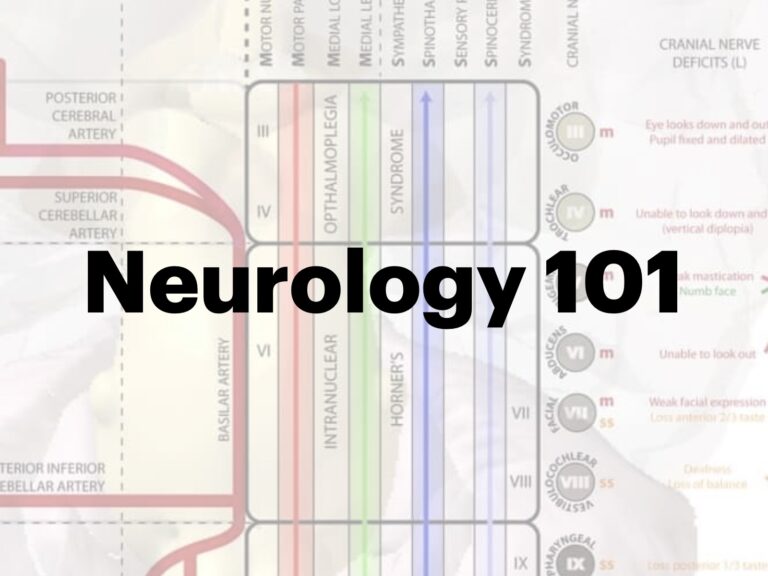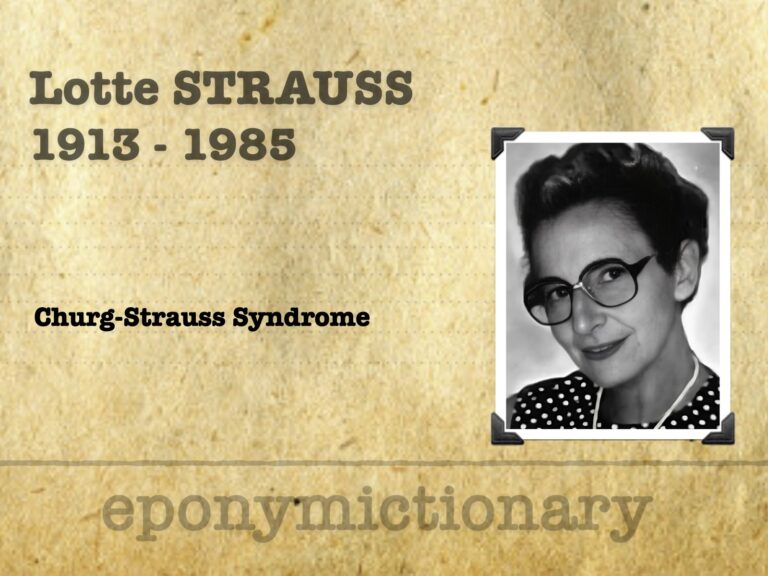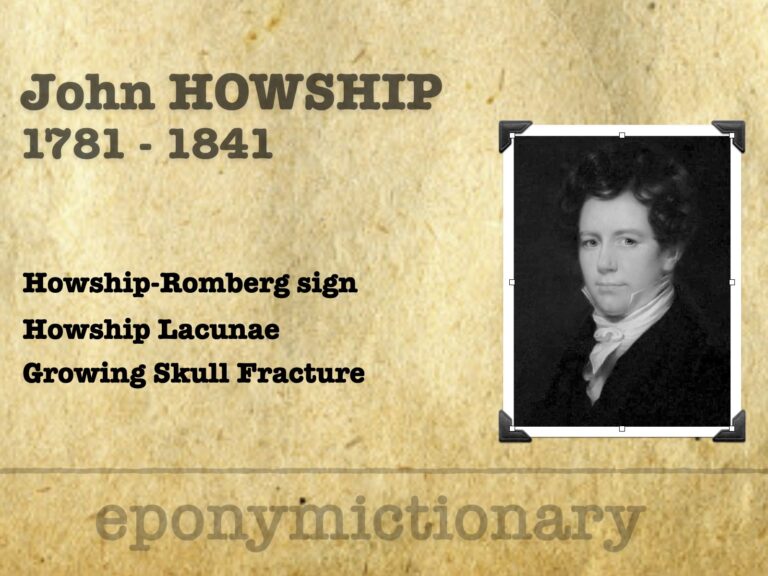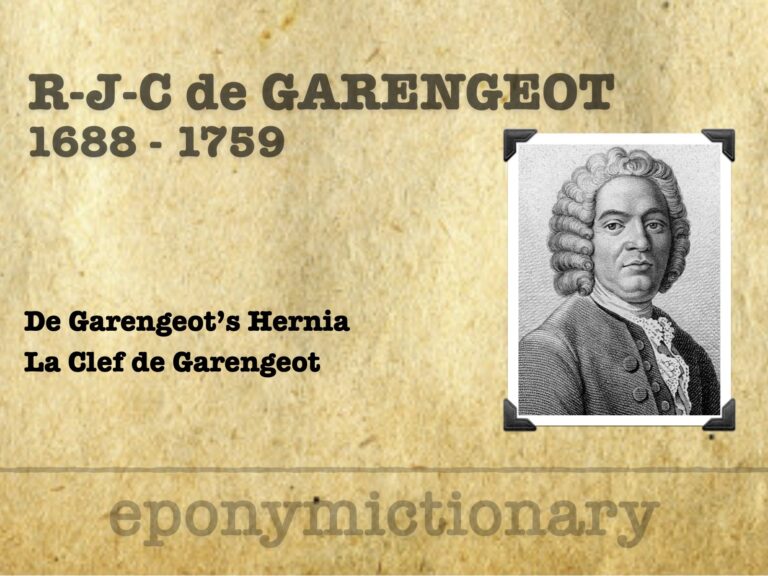
John Henry Bryant
John Henry Bryant (1867–1906) English physician. Eponym: Blue Scrotum Sign of Bryant associated with ruptured abdominal aortic anurysm (1903)

John Henry Bryant (1867–1906) English physician. Eponym: Blue Scrotum Sign of Bryant associated with ruptured abdominal aortic anurysm (1903)

Neuro 101: anatomical structure of the spinal cord and vertebral column, spinal nerve organisation, blood supply, motor and sensory pathways, clinical examination principles

Neuro 101: A brief overview of the cranial nerves, their function, methods of testing and common pathology

EGPA (Churg–Strauss syndrome): rare ANCA-associated vasculitis with asthma, eosinophilia, and systemic granulomatous inflammation of small vessels

Lotte Strauss (1913–1985), pioneer in paediatric and perinatal pathology, co-described Churg–Strauss syndrome and helped found the Society for Pediatric Pathology

Jacob Churg (1910–2005), pioneering pathologist, co-described Churg–Strauss syndrome and transformed renal pathology through biopsy-based diagnostics

Bernhard Kayser (1869–1954) German ophthalmologist. First described the greenish-brown corneal ring now known as the Kayser–Fleischer ring in Wilson’s disease.

John Howship (1781–1841): English surgeon who described Howship–Romberg sign, first reported growing skull fracture, and advanced bone pathology studies

Robert Alvin Berman (1914-1999) was an American anesthesiologist and inventor including the Berman Airway, Quick Cuff and Respir-Aider

Mitral regurgitation (MR) is a common pathology detected during echocardiography. Accurate identification and grading rely heavily on colour and spectral Doppler imaging across multiple standard views.

René-Jacques Croissant de Garengeot (1688–1759), Parisian surgeon, described appendix in femoral hernia, wrote on lacrimal surgery, and devised the tooth key

German-born American pediatrician Abraham Jacobi (1830–1919) founded U.S. pediatrics, led reform in child health, and shaped medical education and policy.